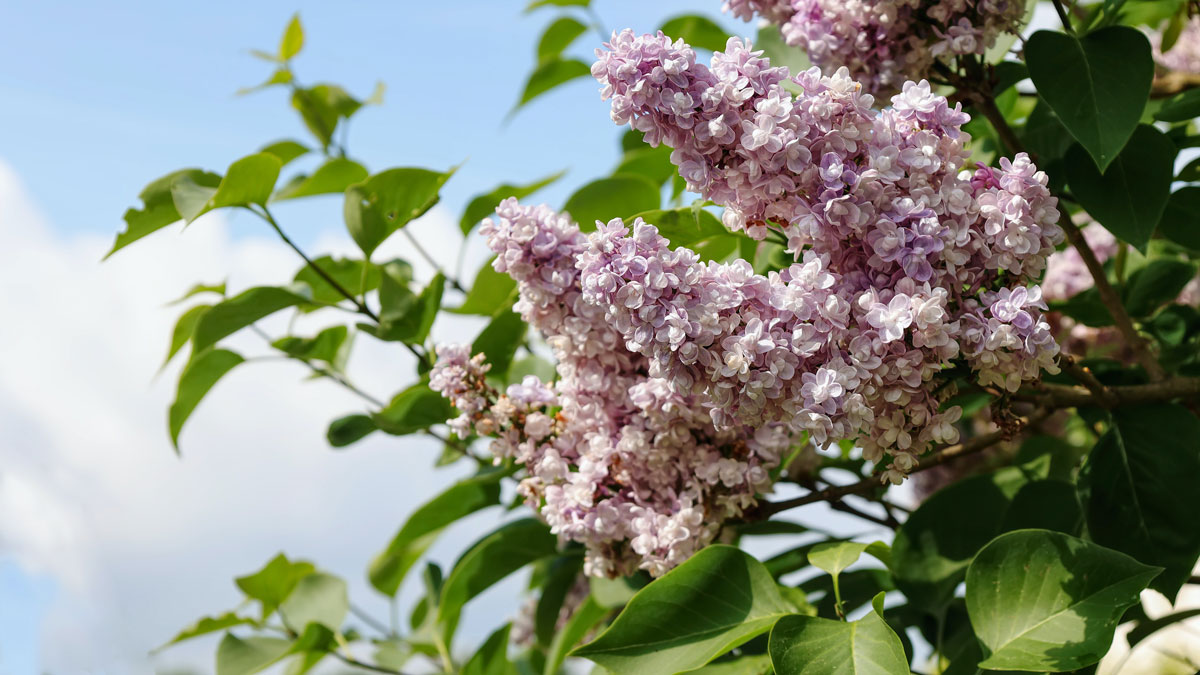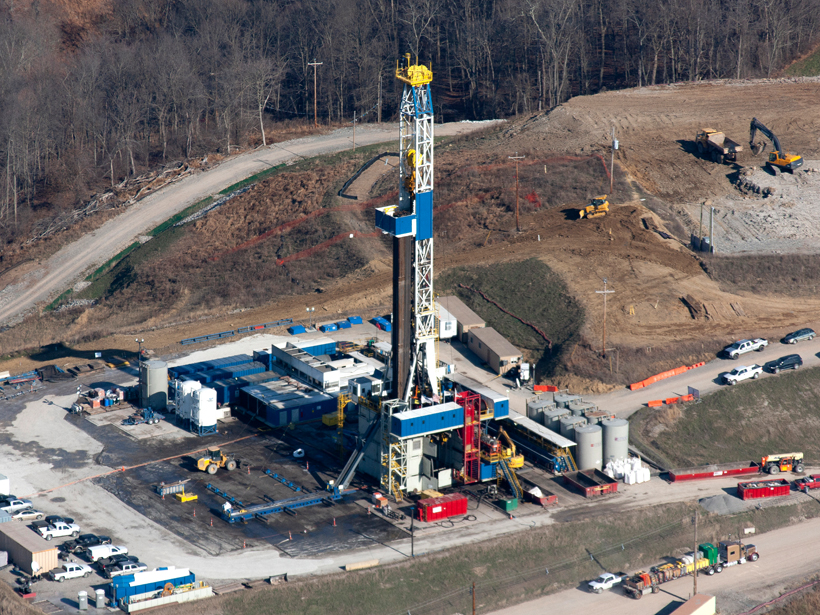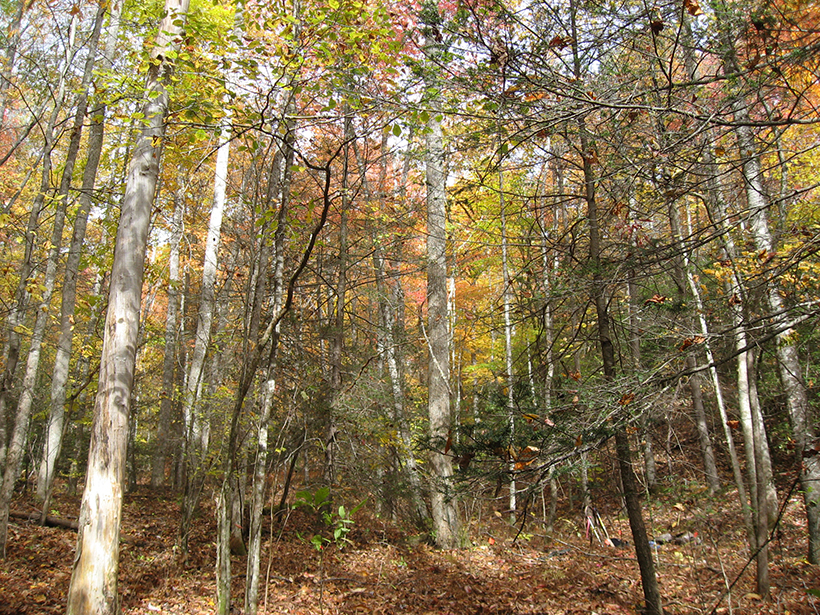Imágenes satelitales de nuevas y brillantes hojas revelan cambios que producirán un efecto de cascada en diversos ecosistemas al este de los Estados Unidos.
Appalachia
Posted inNews
Leaves Are Springing Up Earlier Along the Appalachian Trail
Satellite images of lustrous new leaves reveal changes that will have cascading effects on diverse ecosystems in the eastern United States.
Posted inNews
How Death and Disaster Followed the Shale Gas Boom in Appalachia
In the past decade, fracking has contributed to the deaths of more than a thousand people and the emission of more than a thousand tons of carbon dioxide in the Appalachian Basin.
Posted inResearch Spotlights
Insect Infestations Alter Forest Carbon Cycle
A hemlock woolly adelgid outbreak in southern Appalachia prompted a transformation in where the forest stores carbon.
Posted inResearch Spotlights
Novel Technique Finds New Features Under United States
A new high-fidelity tomography harnesses USArray data to expose a wealth of noteworthy crustal and upper mantle structures, including previously unknown anomalies beneath the Appalachians.





